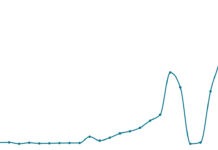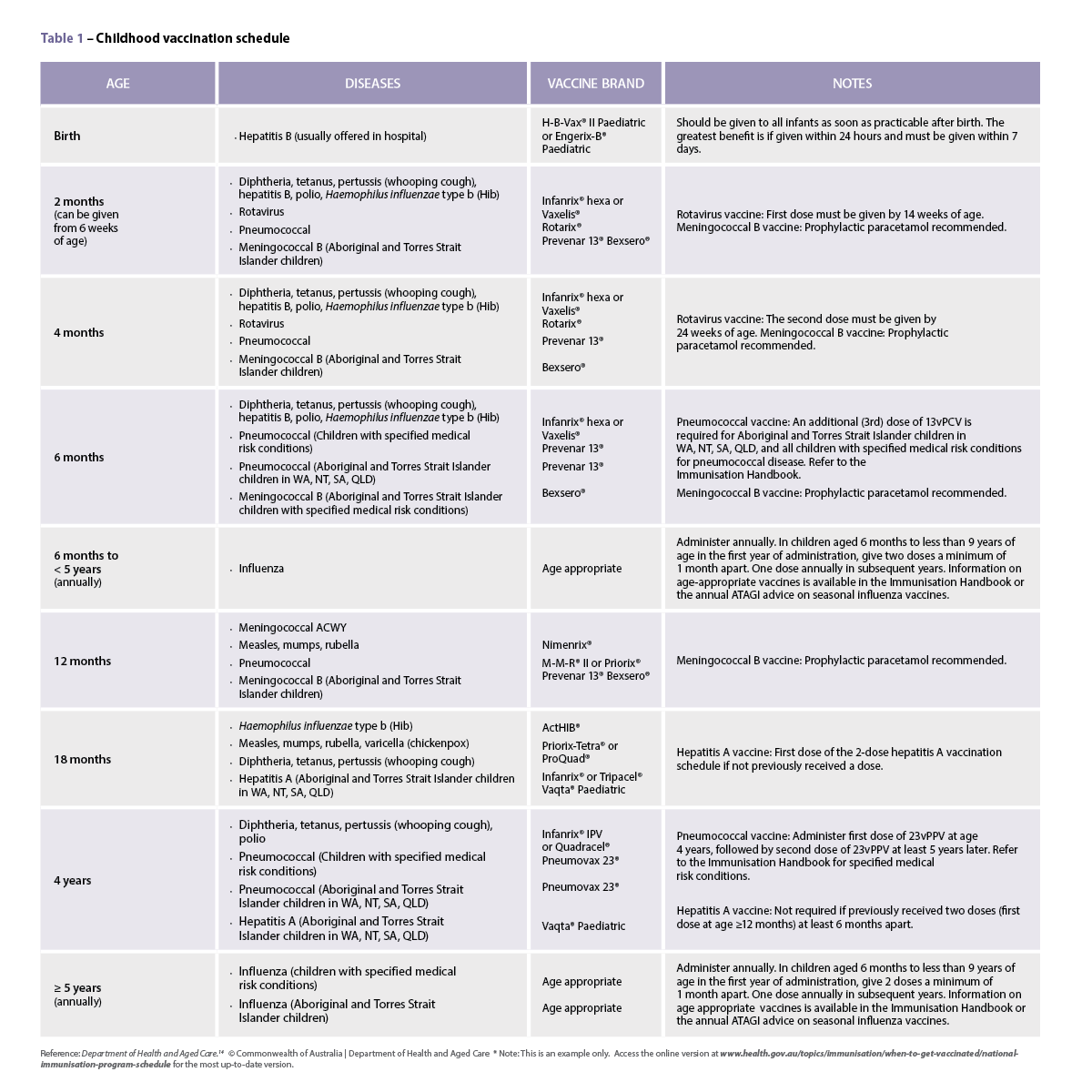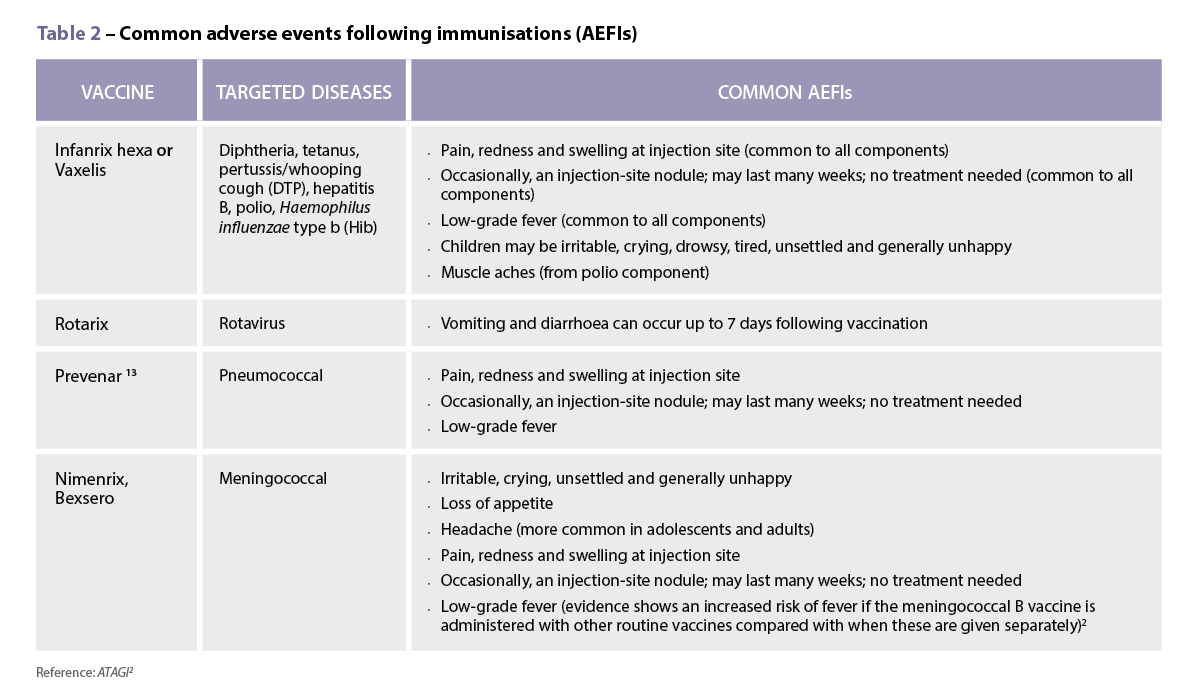How pharmacist-administered vaccination has tracked across the years, and where the profession has an opportunity to improve access.
As we approach winter, a number of jurisdictions, including New South Wales and Victoria, have been afflicted by a ‘virus soup’.
With influenza season already peaking earlier than expected, pharmacists have the opportunity to protect an increasing proportion of the community against the virus.
These graphs map out the professions’ increasing share of the vaccination pie, why pharmacists should be able to vaccinate patients of all ages, and the reason influenza vaccination should be promoted throughout the season.
1. Pharmacists are administering more vaccinations every year
There has been an increase in the number of influenza vaccinations administered by pharmacists for a multitude of reasons, said Chris Campbell MPS, PSA General Manager Policy and Program Delivery.

‘Firstly, people are seeing pharmacists as a viable preference,’ he said. ‘The funding mechanisms are also now there.’
Even though pharmacists have had the legislative authority to administer influenza vaccines across the country to patients aged 5 years and over for some time, they haven’t always had access to National Immunisation Program (NIP) stock.
This, among other things, is beginning to change. For example, Queensland became the first jurisdiction to allow ‘universal access’ to the influenza vaccine last year, meaning patients of all ages can access funded vaccination in all settings – including community pharmacies.
‘Queensland has not only removed all cost barriers, it has also removed all legislative barriers,’ said Mr Campbell.
2. While GPs still administer more influenza vaccinations, pharmacist vaccination continues to grow
While there has been ‘some talk’ between professions that vaccine fatigue is on the rise, pharmacy vaccination keeps on growing because of the opportunistic vaccinations the profession provides.
‘Pharmacist vaccination also provides a level of convenience, and being able to provide vaccines at a time and place where people are most comfortable,’ he said.
With all the barriers to vaccination slowly starting to be removed, there’s tremendous growth opportunity in pharmacy.
Once pharmacists tap into this potential, the profession still has work to do to ensure vaccination services are culturally safe, said Mr Campbell.
‘We must have systems in place to make sure there’s an “always on” opportunity for people who walk in,’ he said. ‘And in parallel, have seamless online booking processes.’
3. Influenza vaccination rates are dropping in young children
To increase uptake, PSA’s long-term position is that there should be ‘no wrong door for vaccination’. This means influenza vaccination should be able to be offered in pharmacies in parallel to other childhood vaccinations, said Mr Campbell.
‘Offering vaccinations in pharmacies doesn’t take away the opportunity to get vaccinated elsewhere,’ he said.
‘What it does do is increase the convenience for someone to be able to get the vaccine at a time and place of their choosing.
‘There should be an increase in vaccine uptake in children under 5 years of age when there’s an opportunity for an entire family to come to the pharmacy and get vaccinated.’
4. Influenza vaccination rates plummet when winter starts
While 2022 was an unusual year – with free flu programs in May and June in most states and territories – influenza vaccination consistently begins to drop off after the first week of June.
It’s therefore important that pharmacists convey to patients that it’s never too late to receive protection against influenza through vaccination, said Mr Campbell.
‘We know that not everyone is immunised against influenza,’ he said. ‘So it’s always a relevant question to ask patients about their [immunisation status], regardless of time of year.’
For more information, watch PSA’s recorded webinar Influenza in 2024 – The Right Vaccine for the Right Patient.



 Professor Anthony Lawler, Australian Government Chief Medical Officer,
Professor Anthony Lawler, Australian Government Chief Medical Officer, 
 This CPD activity is supported by an unrestricted education grant by Reckitt.[/caption]
This CPD activity is supported by an unrestricted education grant by Reckitt.[/caption]
 Case scenario
Case scenario





 Jess Hadley, community pharmacist and Professional Officer at PDL[/caption]
Jess Hadley, community pharmacist and Professional Officer at PDL[/caption]
 Peter Guthrey, Senior Pharmacist – Strategic Policy at PSA[/caption]
Peter Guthrey, Senior Pharmacist – Strategic Policy at PSA[/caption]







